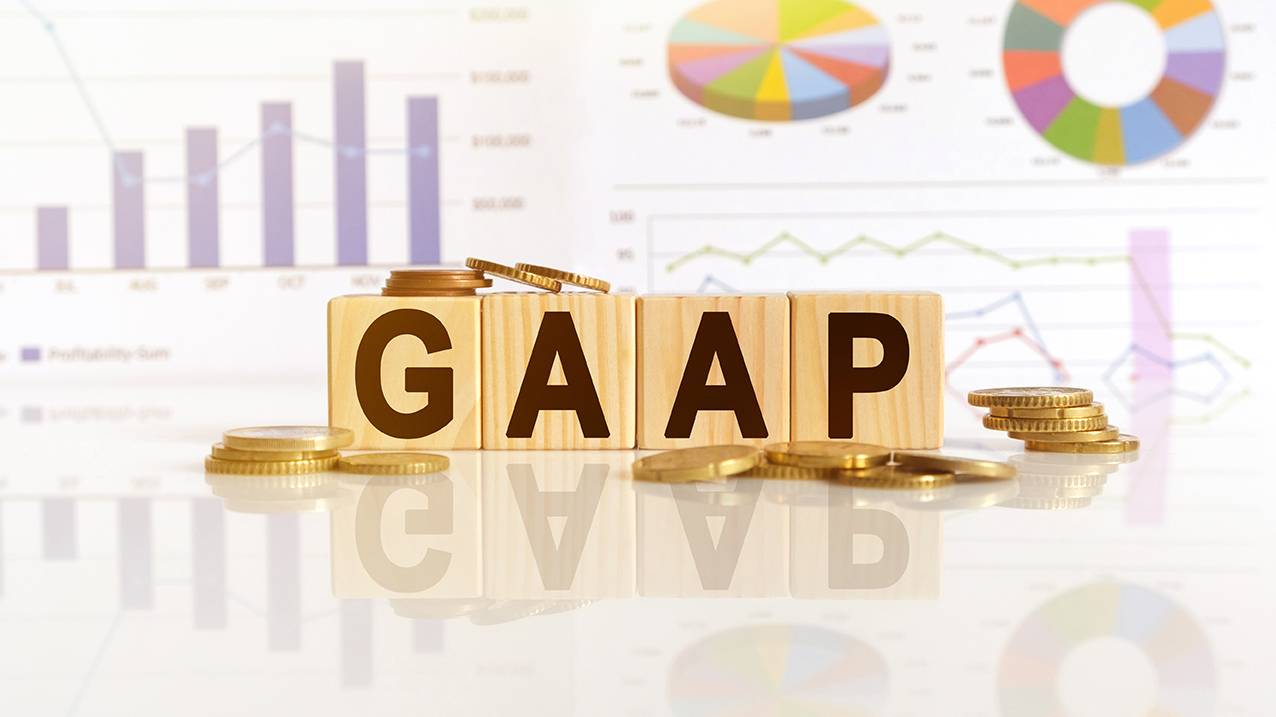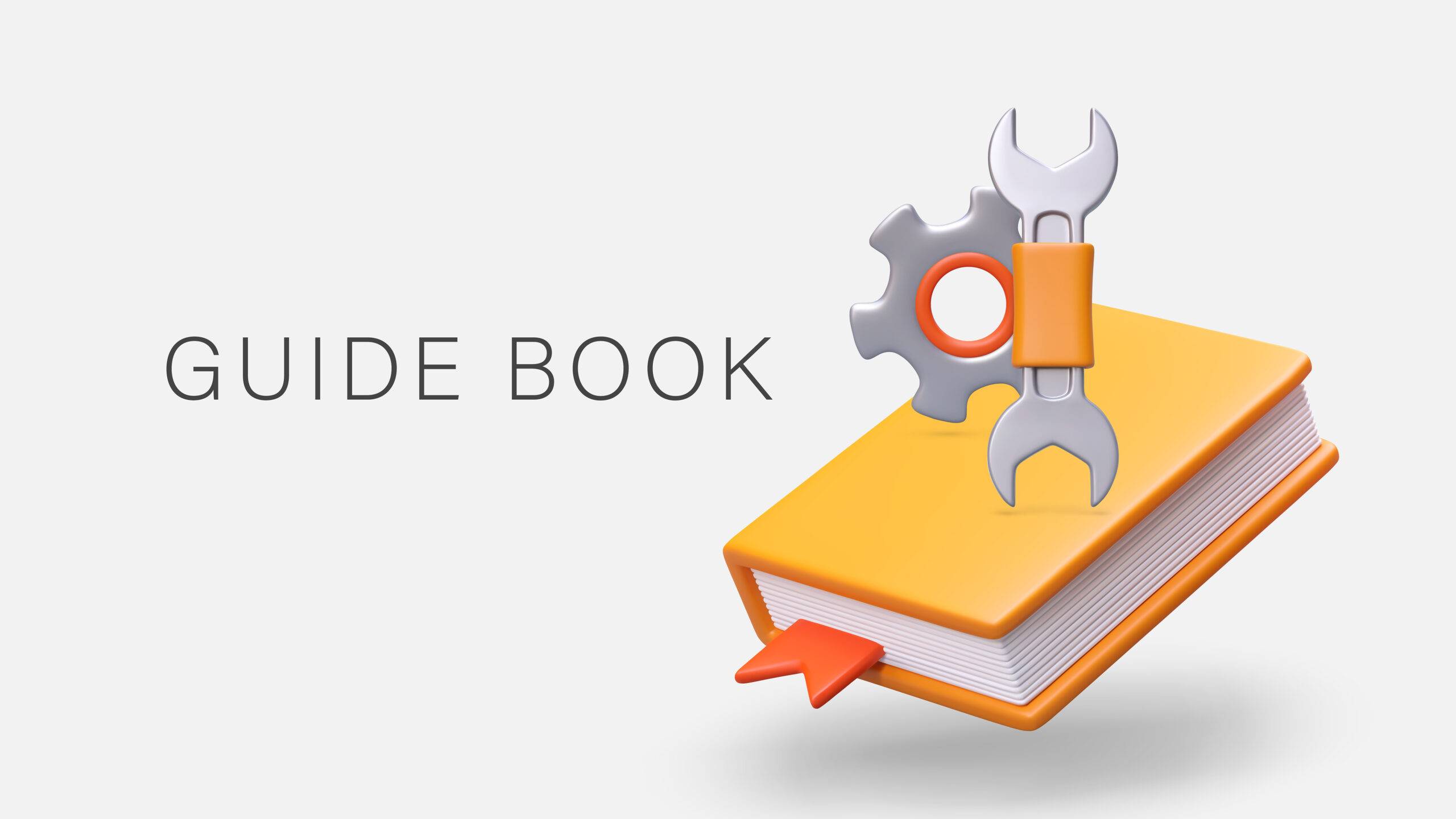Self-Study
GAAP Guidebook
Essential course on GAAP Simplification and Application. Master the complexities of Generally Accepted Accounting Principles through practical guidance and real-world examples.

$580.00 – $620.00
Webcasts are available for viewing Monday – Saturday, 8am – 8pm ET.
Without FlexCast, you must start with enough time to finish. (1 Hr/Credit)
Please fill out the form below and we will reach out as soon as possible.
CPE Credits
29 Credits: Accounting
Course Level
Overview
Format
Self-Study
Course Description
Generally Accepted Accounting Principles (GAAP) are used as the basis for financial reporting. The original GAAP documents span thousands of pages, and so are difficult to research. The GAAP Guidebook solves this problem by condensing GAAP into a single volume. This GAAP accounting CPE course describes the key elements of each topic, how accounting information is disclosed, and where to look in the FASB Codification source documents for additional information. The text contains hundreds of practical examples that show how to apply GAAP to real-world situations, as well as sample journal entries and usage tips. In short, the GAAP Guidebook serves as a handy reference for accountants who need quick answers to difficult problems.
Learning Objectives
Upon successful completion of this course, participants will be able to:
- Cite the accounting principles that underlie Generally Accepted Accounting Principles.
- Specify the transactions related to discontinued operations, as well as the disclosures required for certain accounting transactions.
- Identify the account classifications used in the balance sheet, as well as the structure of the balance sheet.
- State the transactions included in and excluded from other comprehensive income.
- Specify the different formats in which the income statement can be presented.
- Cite the contents of the sections of the statement of cash flows, and the differences in presentation for the different types of statements of cash flows.
- Recognize the disclosures required by the Securities and Exchange Commission
- Identify the situations in which accounting changes are allowed, and note the mechanics of retrospective application of changes.
- State the methods used to derive current cost.
- Specify the calculations for basic earnings per share and diluted earnings per share.
- Identify the assumptions that underlie the integral view and discrete view of interim reporting.
- Recognize the situations that can cause reportable risks and uncertainties.
- State the segment test rules used to determine reportable segments.
- Specify the accounting treatment for lending arrangements and loan origination fees.
- Identify how investment securities are measured and how to account for associated credit losses.
- Recognize how the equity method is formulated and updated.
- Cite how the periodic and perpetual inventory methods are used to derive the cost of goods sold, and how the gross profit method and retail method are used to estimate ending inventory.
- Recognize the rules for recognizing and disclosing deferred advertising costs, as well as the accounting for insurance contracts.
- Identify the situations in which goodwill is associated with reporting units, and note the rules for conducting impairment testing.
- Specify the valuation method used for acquired fixed assets, as well as the calculations for the various depreciation methods.
- Identify the assessments and surcharges associated with insurance activities.
- State the accounting rules for deferring and recognizing asset retirement obligations.
- Specify the circumstances under which the cost of employee and other contractual terminations can be recognized.
- Cite the characteristics of and reporting obligations associated with commitments.
- State the circumstances under which loss contingencies are recognized, and when they are only disclosed.
- Identify the methods used to place valuations on guarantees.
- State the components of debt.
- Specify the circumstances under which a spinoff occurs, and when a dividend is in arrears.
- Identify the evaluation criteria for a contract, the components of the transaction price, and when a contract modification triggers treatment as a new contract.
- Recognize the circumstances under which the costs of compensated absences are recognized.
- State the key elements of net periodic pension cost, and the accounting for defined benefit and defined contribution plans.
- Specify how costs are derived for exercised and unexercised stock options.
- Identify the proper expense recognition for insurance contracts and business process reengineering.
- State the types of activities classified as research and development, and how research and development costs are to be recognized.
- Recognize which tax rate to apply to a reporting period.
- Identify the types of acquisitions, and the types of intangible assets that can be recognized as part of an acquisition.
- Identify the situations in which a controlling financial interest cannot be determined, as well as the types of eliminations used when conducting a consolidation.
- Specify the accounting for derivative speculation and the classifications for hedges and investments. Recognize the methods used to measure hedge effectiveness.
- State the concepts upon which fair value measurements are derived.
- Cite the circumstances in which the fair value option can be applied, and the disclosures related to financial instruments.
- Specify the accounting for payments to suppliers in foreign currencies, as well as how to identify a functional currency.
- Identify the situations in which interest capitalization can be used, and when an interest rate should be imputed.
- Specify the leasing rules related to asset substitution.
- Recall the circumstances under which a separate lease component is considered to exist.
- Specify the different types of lease payments.
- Recall how the 12-month lease exception works.
- Identify the unique characteristics of sales-type and direct financing leases.
- Specify the restrictions on the use of the risk-free discount rate when deriving a lease present value.
- Specify the valuation alternatives in a nonmonetary exchange, and the usage rules for boot.
- Cite the types of entities considered to be related parties, and what information should be disclosed about them.
- State the types of events classified as subsequent events, and note which of these events can alter the financial statements.
Course Specifics
1183339
January 7, 2025
There are no prerequisites.
None
672
Compliance Information
CMA Notice: Western CPE makes every attempt to maintain our CMA CPE library, to ensure a course meets your continuing education requirements please visit Insitute of Management Accountants (IMA)
CFP Notice: Not all courses that qualify for CFP® credit are registered by Western CPE. If a course does not have a CFP registration number in the compliance section, the continuing education will need to be individually reported with the CFP Board. For more information on the reporting process, required documentation, processing fee, etc., contact the CFP Board. CFP Professionals must take each course in it’s entirety, the CFP Board DOES NOT accept partial credits for courses.
Meet The Experts

Steven M. Bragg, CPA, is a full-time book and course author who has written more than 300 business books and courses. He provides Western CPE with self-study courses in the areas of accounting and finance, with an emphasis on the practical application of accounting standards and management techniques. A sampling of his courses include the The New Controller Guidebook, The GAAP Guidebook, Accountants’ Guidebook, and Closing the Books: An Accountant’s Guide. He also manages the Accounting Best Practices podcast. Steven has been the CFO or controller of both public and private companies and has been a consulting manager with Ernst & Young and …
Related Courses
-
 Accounting
Accounting
Accountants’ Guidebook
Steven M. Bragg, CPA QAS Self-Study
Credits: 30 $600.00
QAS Self-Study
Credits: 30 $600.00$600.00 – $640.00
-
 Accounting
Accounting
Accounting Fraud: Recent Cases
Joseph Helstrom, CPA QAS Self-Study
Credits: 1 $29.00
QAS Self-Study
Credits: 1 $29.00$29.00 – $49.00
-
 Accounting
Accounting
The New Controller Guidebook
Steven M. Bragg, CPA QAS Self-Study
Credits: 18 $396.00
QAS Self-Study
Credits: 18 $396.00$396.00 – $436.00
